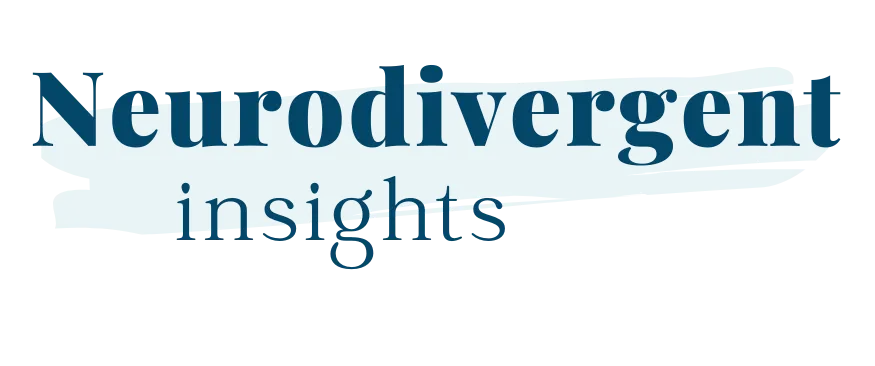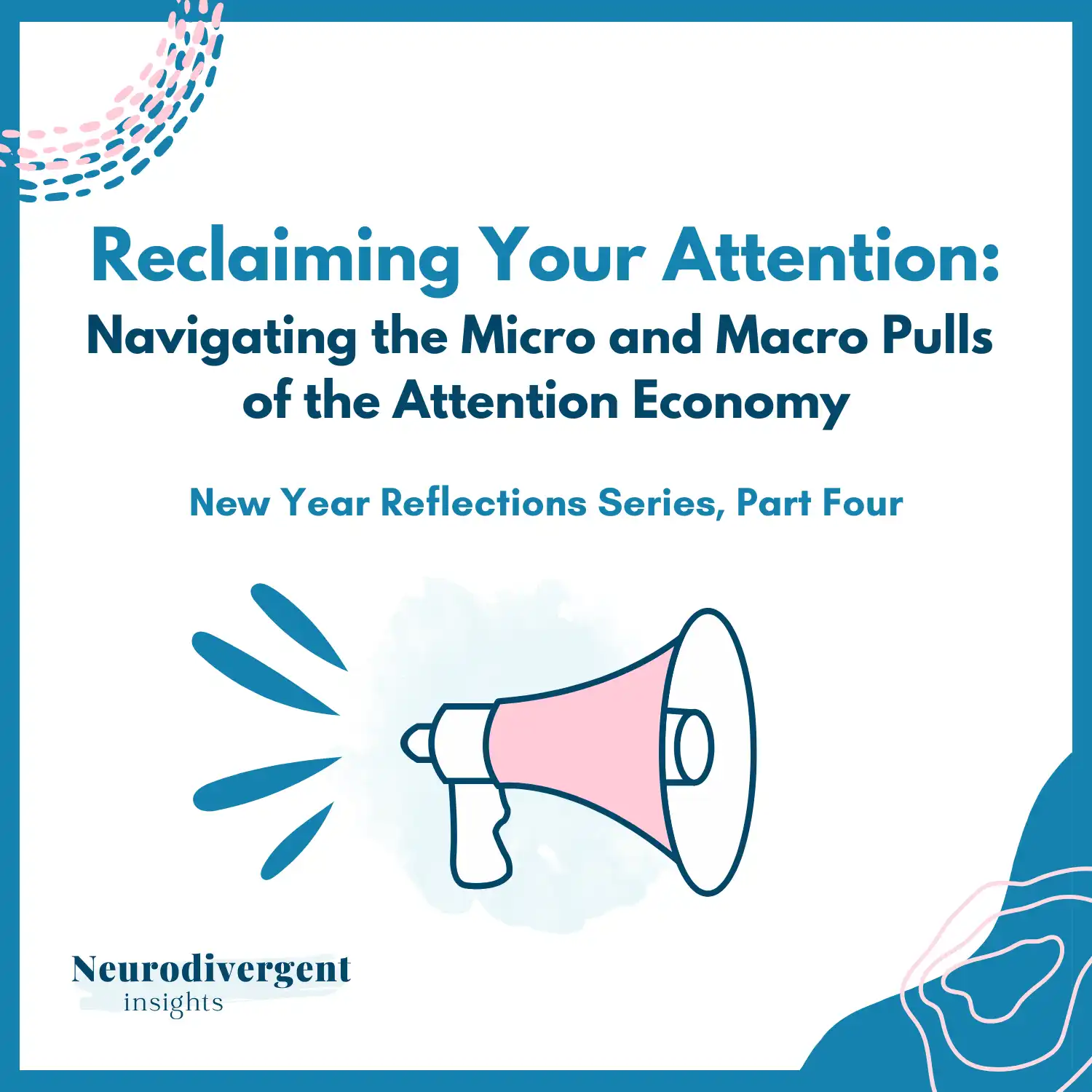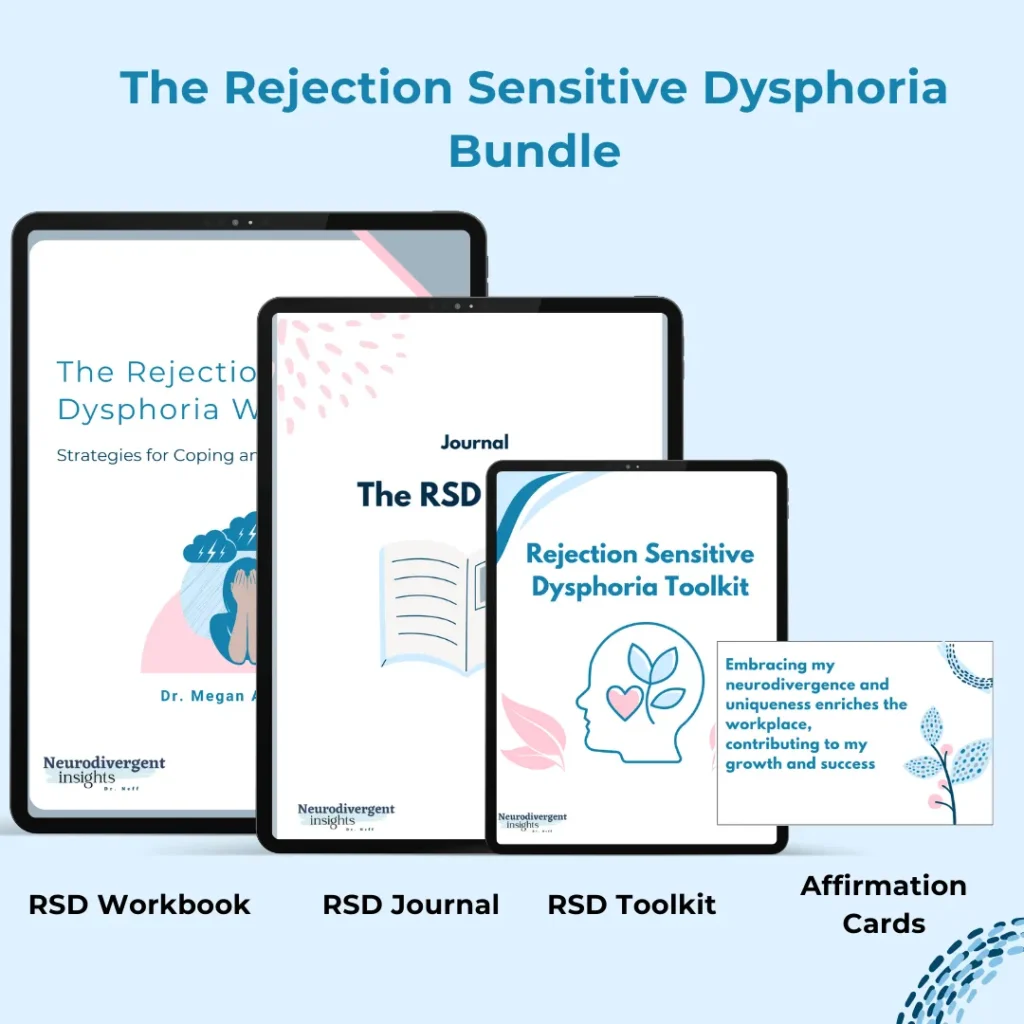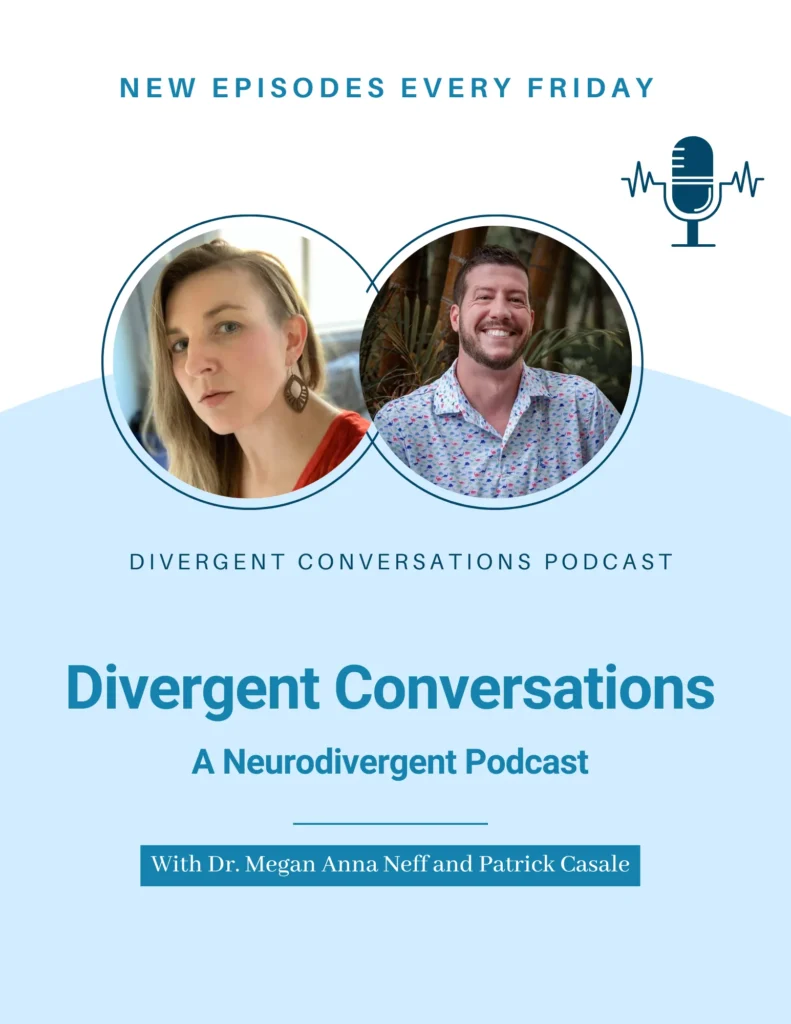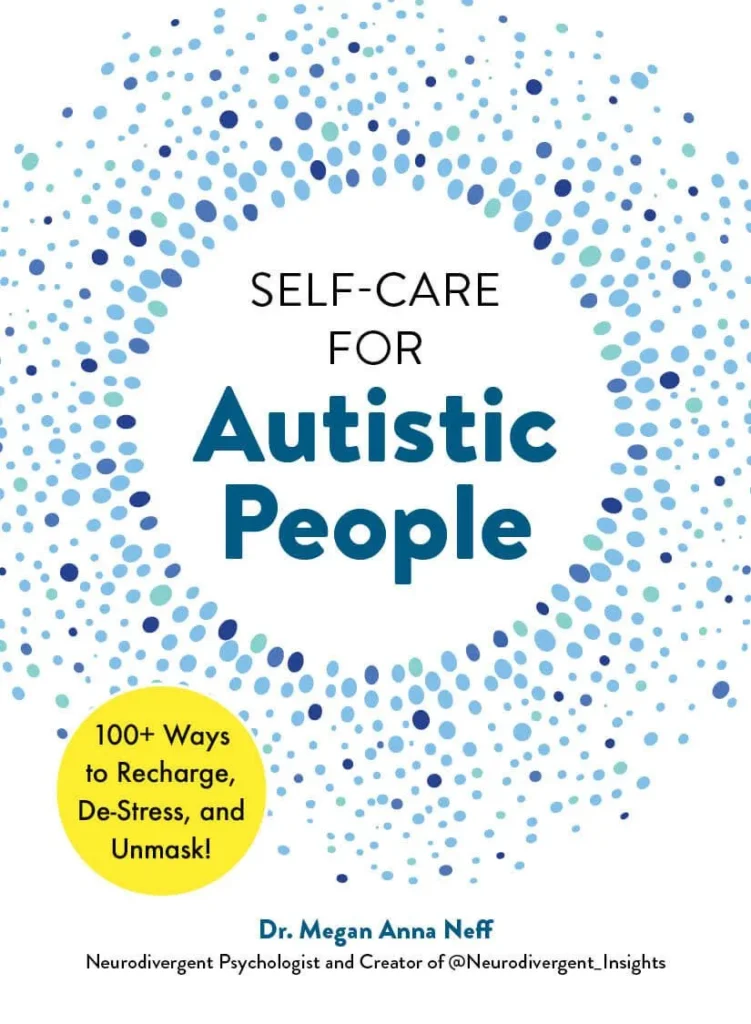
A big part of recovering from Autistic burnout or ADHD burnout involves engaging in sensory detox and reducing unnecessary demands. Burnout recovery is all about finding the sweet spot that balances rest and gentle activity.
One significant challenge to engaging in the activities that support recovery is the struggle with inertia during burnout.
Inertia refers to the difficulty in getting started and maintaining momentum, especially with new tasks.
While rest is essential, falling into a lethargy cycle can increase vulnerability to depression. When we collapse into inactivity, it can worsen feelings of lethargy and depression, creating a vicious cycle that’s hard to break.
It’s important to balance dropping demands with incorporating intentional, pleasurable, and sensory-friendly activities. This intentional balance of activity and rest is crucial for recovery. Scheduling pleasurable activities and sensory soothers is a helpful way to achieve this balance. Not only does it help combat inertia, but it also provides a sense of accomplishment, which can significantly lift your mood.
Autistic Burnout Recovery: A Balanced Approach
Recovery from burnout often involves more than just physical rest; it requires a comprehensive approach that addresses both mental and sensory needs. Sensory detox is a key component. This means taking a break from overstimulating environments and activities. Reducing exposure to bright lights, loud noises, and busy spaces can help soothe the nervous system and promote recovery.
In addition to sensory detox, it’s beneficial to engage in activities that are inherently soothing and pleasurable. This could include spending time in nature, engaging in creative pursuits, or simply spending extra time with your interests and passions. These activities can provide a much-needed break from the demands of daily life and help replenish depleted energy reserves.
When we are in burnout, it’s tempting to let go of all routine and structure. However, maintaining routine and structure can actually support our recovery. They help us overcome inertia and build momentum, while also soothing our nervous system by providing predictability. One effective strategy is to create a structured schedule that includes both rest and gentle activities. This can help prevent the cycle of lethargy and ensure that you’re gradually reintroducing activity in a manageable way. For example, you might plan to take short walks, practice gentle stretching, or spend time on a calming craft. The key is to listen to your body and pace yourself, avoiding activities that feel too demanding.
It’s also important to recognize and respect your limits. Recovery from burnout is not about pushing yourself to return to your previous levels of productivity as quickly as possible. Instead, it’s about honoring your need for rest and allowing yourself the time and space to heal. This can be challenging in a world that often values constant productivity, but it’s essential for long-term recovery. It also teaches us to tune into and honor our bodies rhythms and limits.
To assist with planning and scheduling these essential activities, I’ve created a fillable digital PDF. This tool is designed to help you map out your days with a mix of rest and gentle activities, ensuring you can find that balance crucial for burnout recovery.

